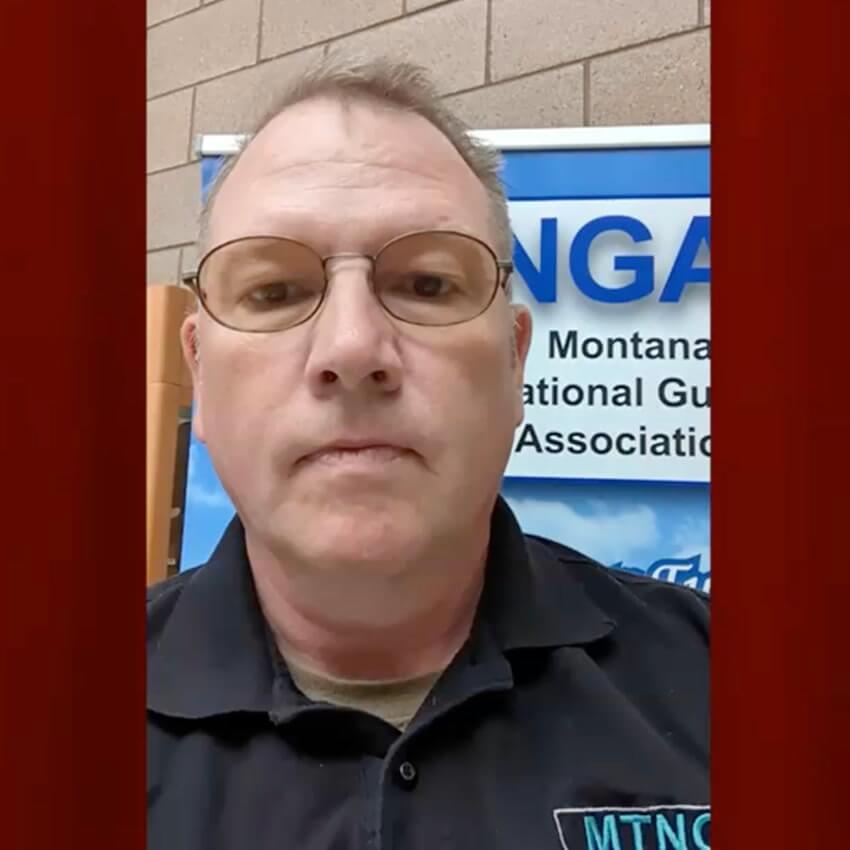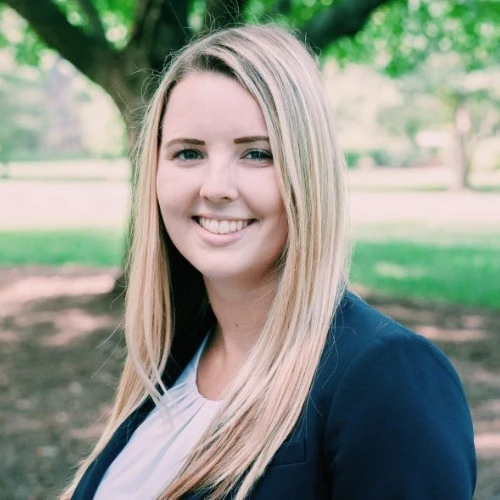Tiny Habits
Tiny Habits
Hey, it’s Jackson back with more practical, science-based tools to help you be at your best in both work and life. I think you’re going to dig this video; it’s a very short but practical principle or kind of tool that you can use in any area of your life. So, this is called the tiny habits model. It comes from a professor at Stanford University named BJ Fogg, who I’m a really big fan of. He really makes something extremely difficult into something practical. And that extremely difficult something is how do you change behavior, right? Because who here has had this experience? Right, it’s January 1st, right, and you set down and you’re just ready to go. Right, you’ve got: I’m going to lose 10 pounds, I’m going to read five books this year, I’m going to make a million dollars. Okay, how often do we really stick to those goals? It’s difficult. So, it’s not that we don’t know how to set goals, but it becomes: How do I actually convert that knowledge into consistent action?
And I’m going to let you in on a little secret: it’s not just a you thing or this organization thing. It’s really something—compliance is one of the most difficult and challenging things for really anything that involves people being healthier, happier, more effective, etc. So, I really like this model because it takes something challenging and makes it easy. I’m going to share a little bit of the theory behind it, and then I’m just going to give you straight-up how to do it. The theory behind this, though, is it’s essential to develop something called self-efficacy. Self-efficacy is the capacity to do the things that you say you’re going to do. Right, so if I say, “Hey, I’m going to start reading more,” at the beginning I might not have very much self-efficacy. But if I actually read a few chapters that week, I start to build up a little bit of momentum, or a little bit of confidence, or a little bit of certainty. And a few weeks go by, maybe I’ve read my first book and I’m like, “Whoa, I’ve proven to myself I’ve created evidence that I can actually get myself to do the behavior I said I was going to do.” Then time goes by, time goes by, and I read, I don’t know, three more books the first six months of the year. All of a sudden, I have much greater self-efficacy. I have proven to myself that I have the capacity to do what I say I’m going to do.
So, oftentimes what we miss out on when we’re trying to start a new habit or something, or, you know, work towards a new resolution, so to speak, is that we kind of don’t set ourselves up to win the game. We say, “Hey, I want to start, I want to lose 10 pounds, I’m going to start running more, I’m going to do five miles a day Monday through Friday.” Right, you do the first day, the next day you’re sore as hell, but you go out there, and by the third day, your body’s falling apart, and you’re just, you know, “What, I need a day off. I’m going to have a beer and sit on the couch.” Right, so you need to start at the smallest possible level. You need to rig the game so that the odds are in your favor and that you win it. And every time you win that game, you’re casting a vote; you’re building up proof that’s going to support your self-efficacy. And eventually, right, I want you to think about kind of a snowball effect. Right, you don’t start off with this huge big thing; you start off and it grows and grows and grows. And that’s how you kind of compound and create lasting habits and lasting change.
So, the tiny habits model takes advantage of that. It sets you up to win the game by inserting habits into your life in the most minimal and easy way possible. And the framework outlined by BJ Fogg is this: Basically, say, “After blank, I will blank,” and then you do a little celebration. So, as corny as it sounds, the celebration does two things. It helps build awareness of that habit and then it also creates positive reinforcement. So, you could literally just say, “Woohoo!” Maybe you practice that “Woohoo!” Awesome. I don’t care what you do—pat yourself on the back. Right, maybe, you know, maybe be cautious too if there’s a ton of people around. Right, and your habit is, I don’t know, do 10 push-ups. If someone sees you kind of from their office, you do 10 push-ups and stand up and go, “Woohoo! Awesome!” They might be like, “What the hell is wrong with this person?” But you get the idea. So, that’s a really simple formula, though, because it’s building off cues or triggers that are already in your day. Right, because again, oftentimes, say, “I want to read more, I’m going to exercise more,” but we don’t actually say when we’re going to do it, and it just slips through the cracks.
So, here are a few examples of the tiny habits model in action. So, you might say, “Hey, I want to be more active, like lose a little bit of weight.” So, you say, “Every time I eat a meal or a snack, after I eat a meal or snack, I will go on a 5-minute walk.” Or, “After I use the restroom, I will wash my hands, go outside, and do 10 push-ups.” So, there’s a few there. You might say, for reading, you might say, “After I pour my morning coffee, I will read 10 pages.” After I get in my car to drive home from work, “Once after I get home, I will read 20 pages.” Whatever. So, the idea again, the formula is: After blank (blank being an already existing habit or thing you do), I will blank (a micro-tiny version of the habit, right, two minutes, five minutes, 10 jumping jacks, whatever), and then, of course, you do your little celebration.
Okay, so there it is—simple. But I really can encourage you that if you stick with this for several days, and you can also look into BJ Fogg’s work. He has a 7-day program he does on it that’s free, a really great resource. You will start to see this sticking, and then you can start to scale it up. So, I believe BJ, in one of his talks, he gives this example of the guy who did the 10 push-ups thing. It was like, “Every time I finish a meeting, a Zoom meeting, I will do 10 push-ups.” And he eventually started working this up, he added in a few other cues, and eventually he mixed in a couple of other exercises. And he was doing like 80 push-ups and 100 jumping jacks each day, and he really started to lose weight and get in shape. And then once he had built up that self-efficacy, he stopped doing all those habits and just started going to the gym. But again, he had inserted the habits into his life in a really practical way.
So, there you have it. What I want you to do is get together in groups, pick one or two habits maximum for key areas of your life that you’ve been trying to work on for a while. Scale it down to the tiny, tiny habits formula, and I want you to write out: “After blank, I will blank,” and then I will celebrate. And I encourage you to try this for the next seven days and just see how it sticks. And I think you may underestimate it. We tend to overestimate what we can do in the short term and underestimate what we can do in the long term, because in the long term, right, this can really create some impactful changes. And it’s also a tool you can use for the people around you or for the teams that you’re leading too, right, to change behavior in the context of work as well. So, I hope you give it a shot, and I’ll see you next time.























